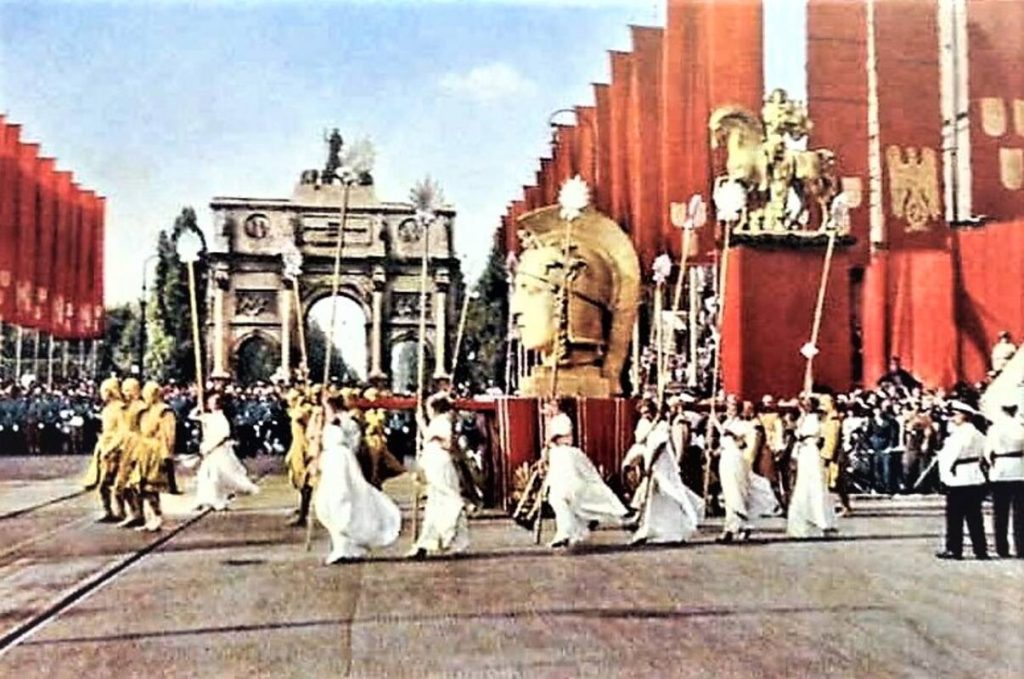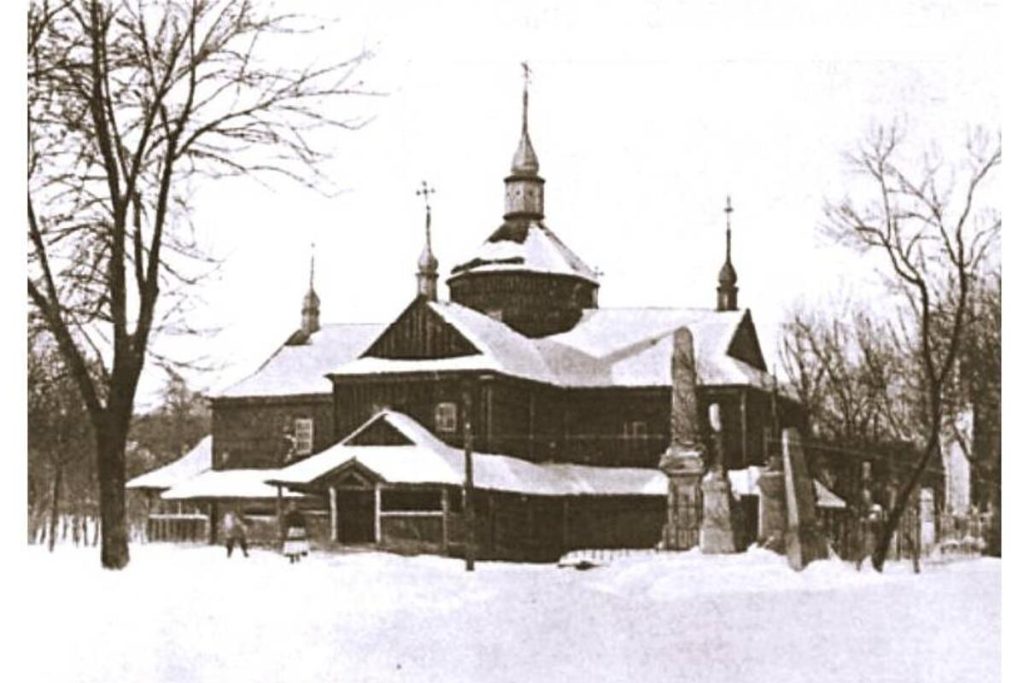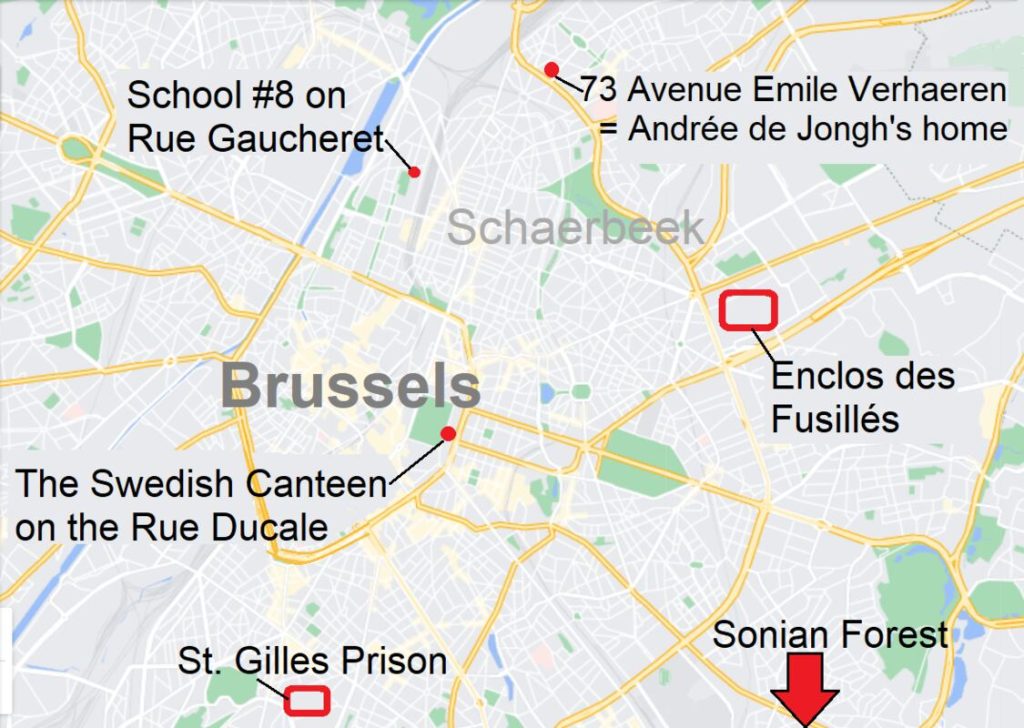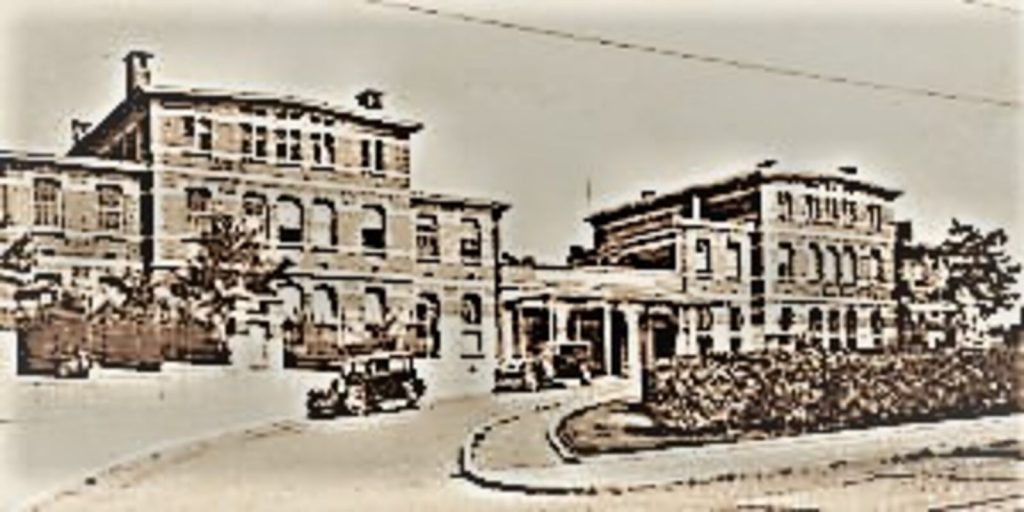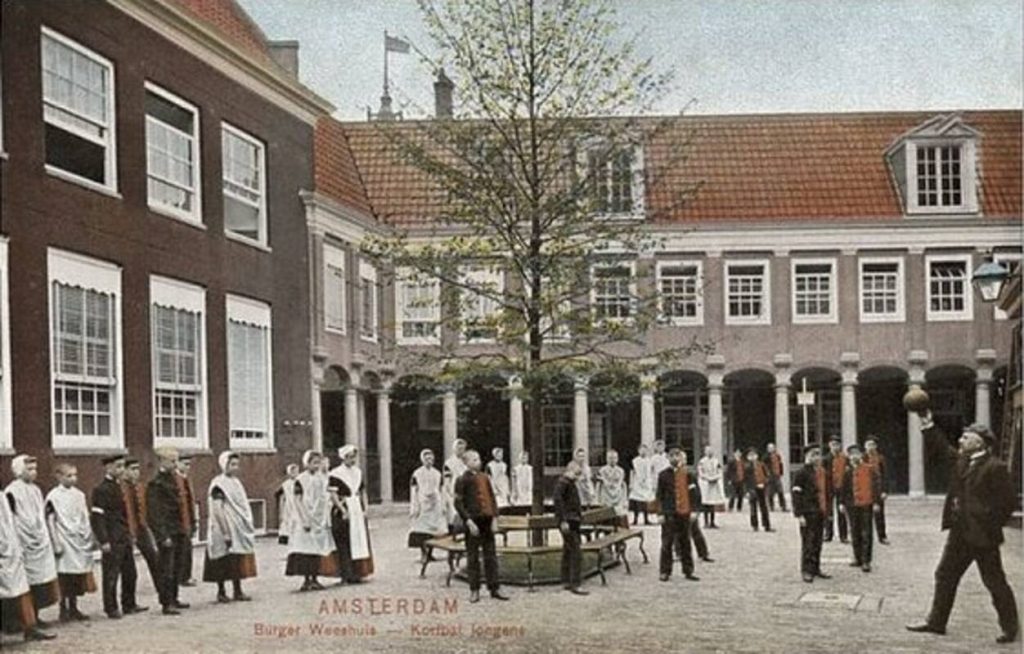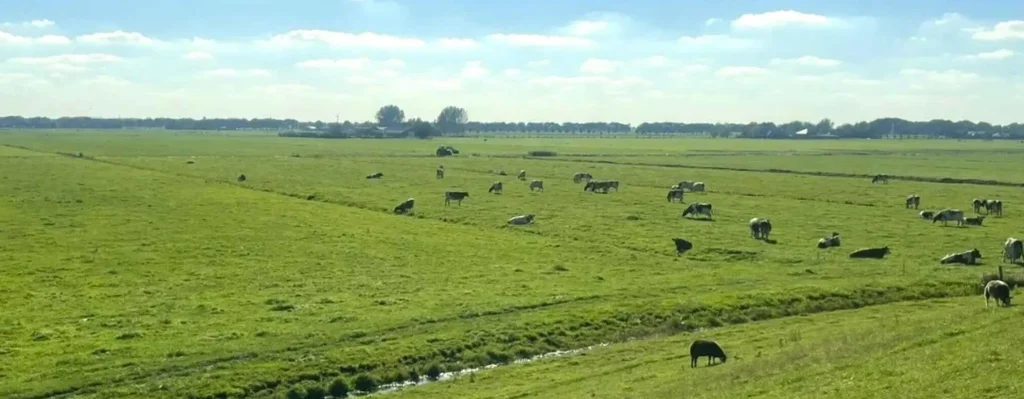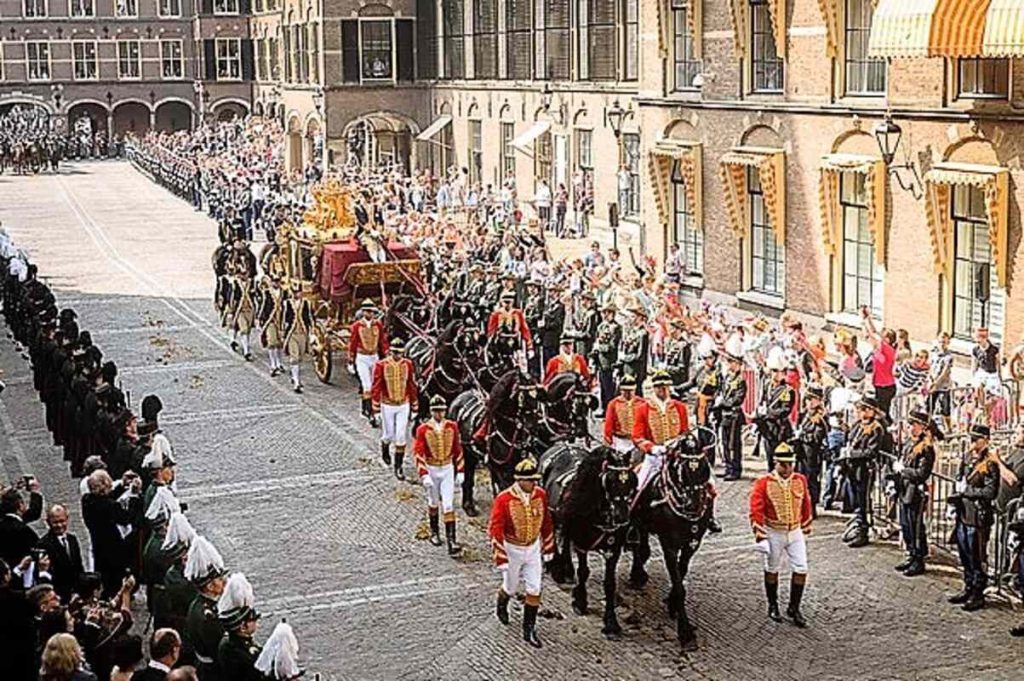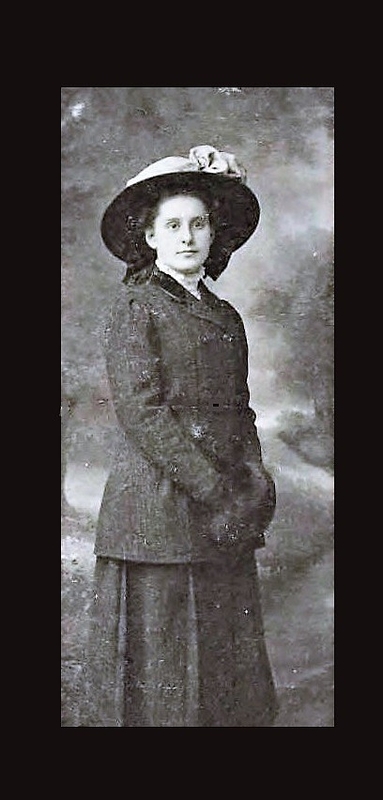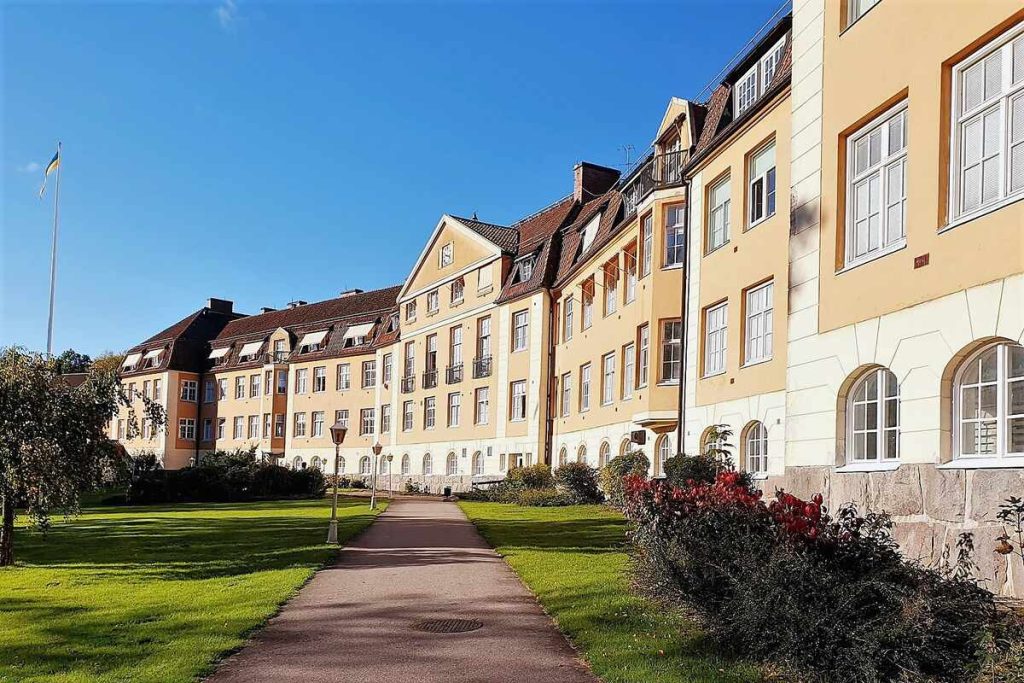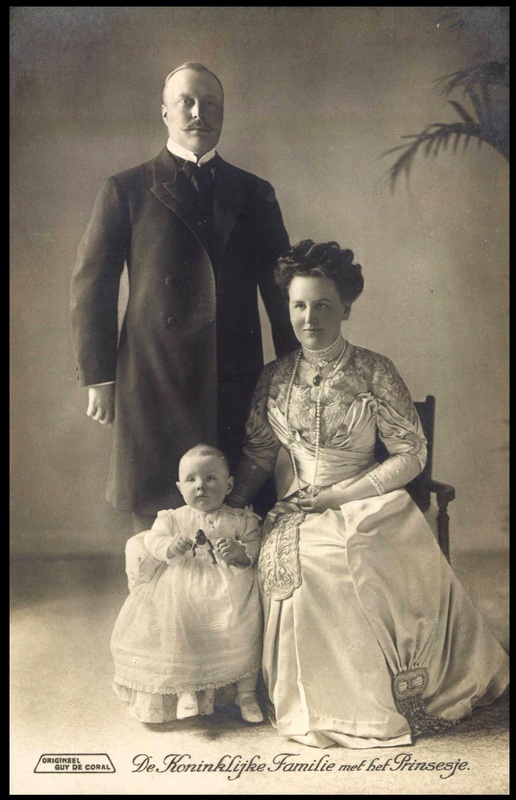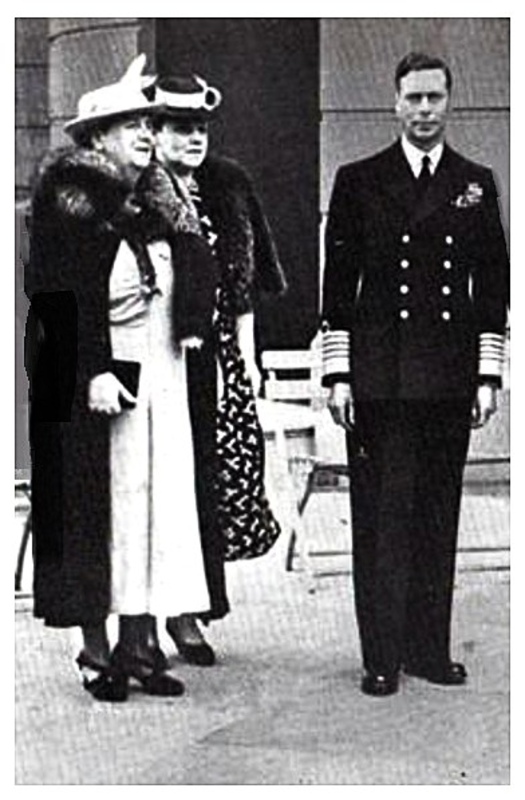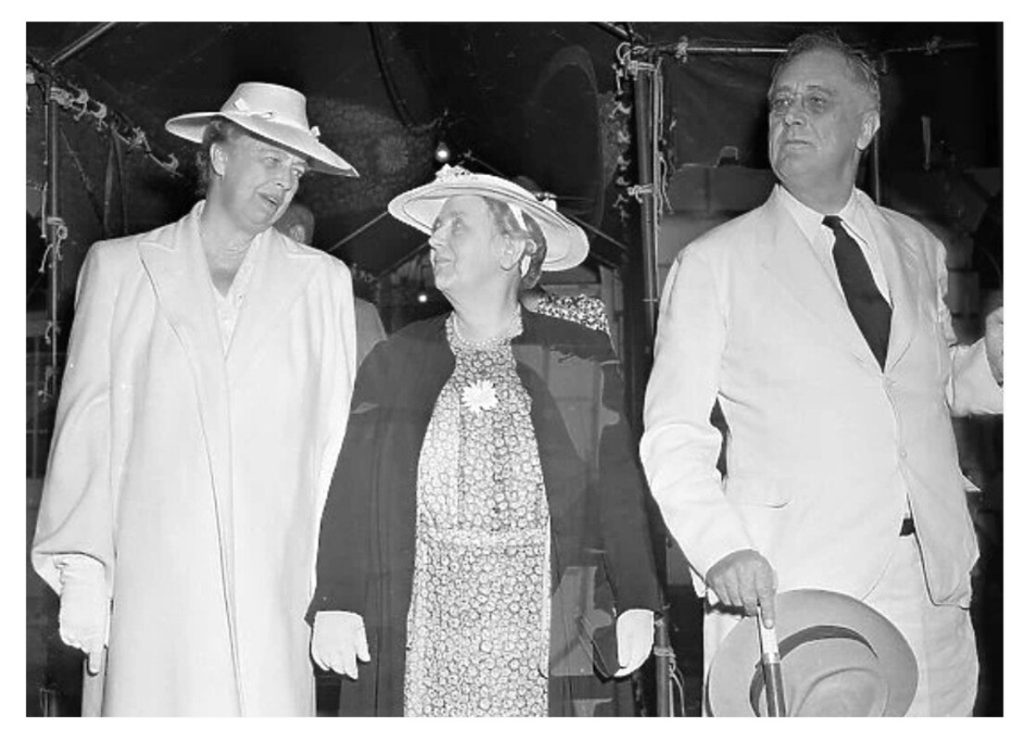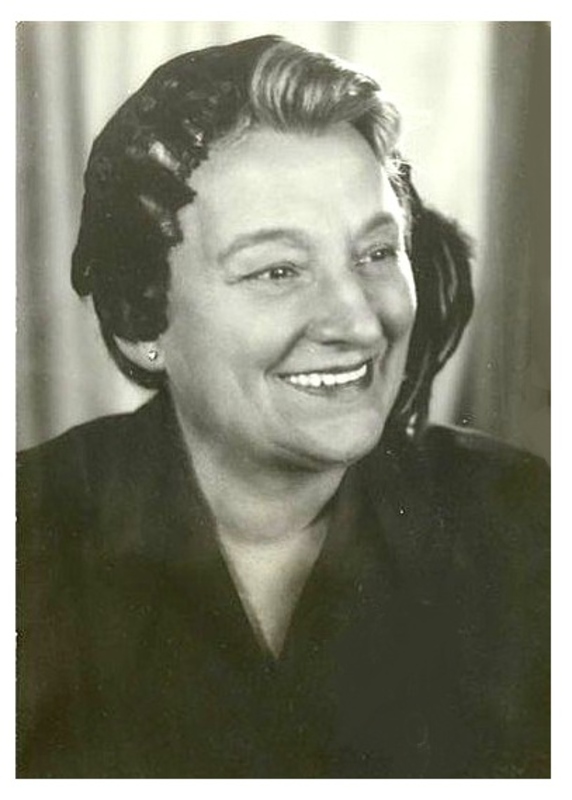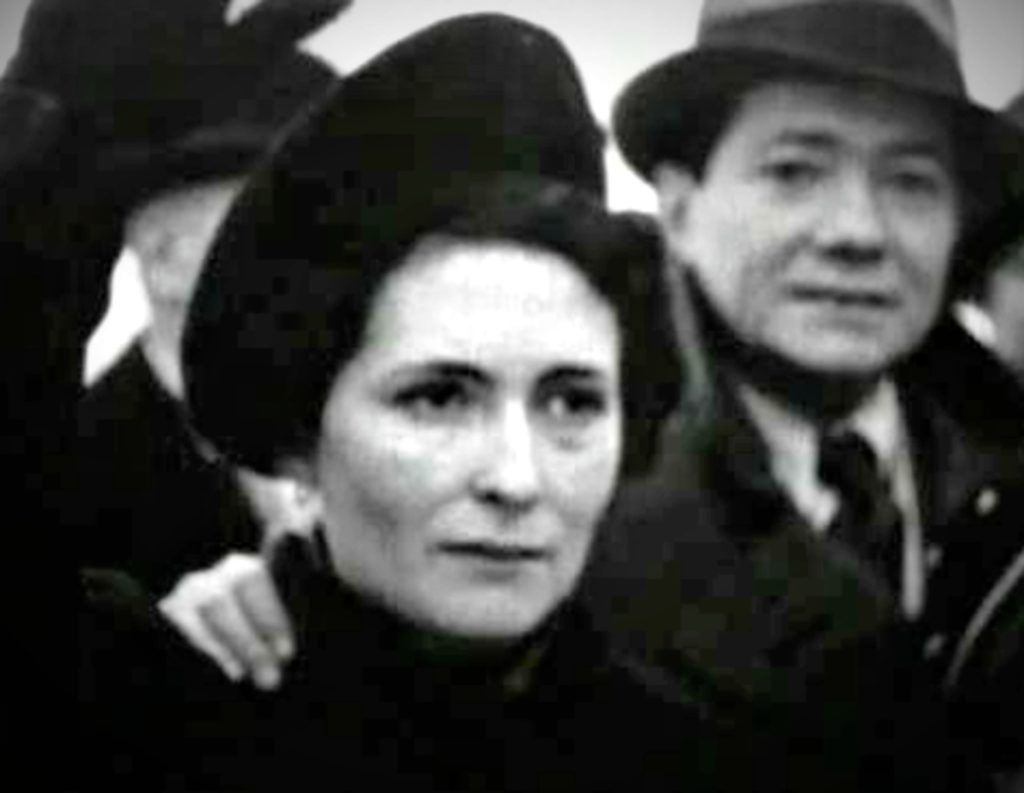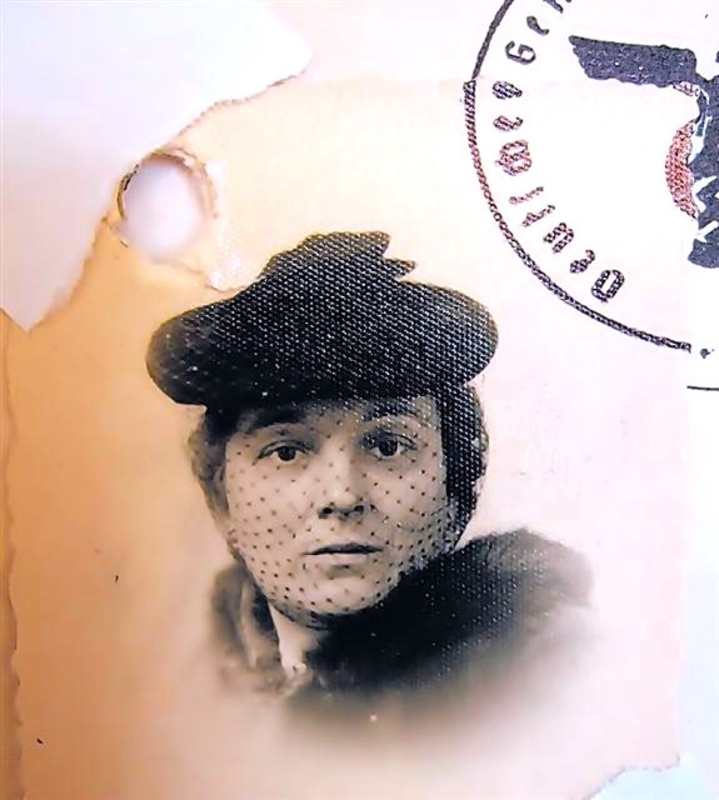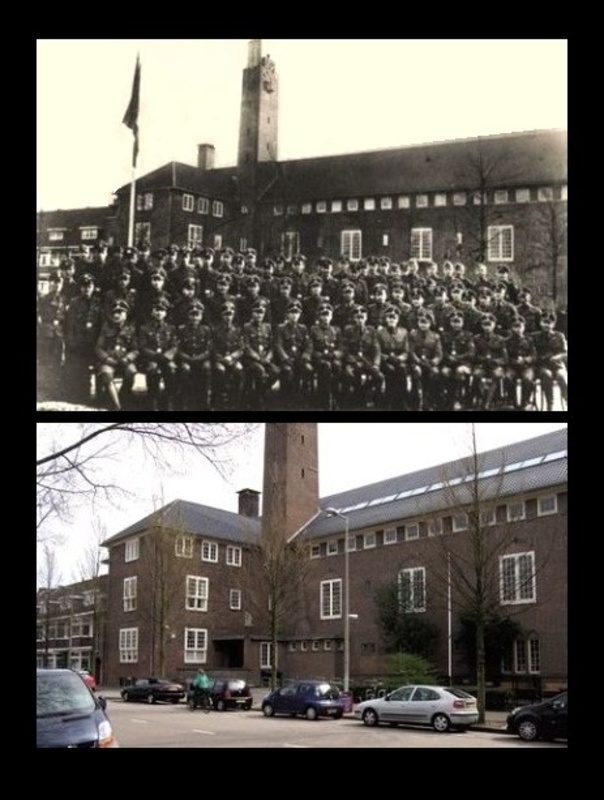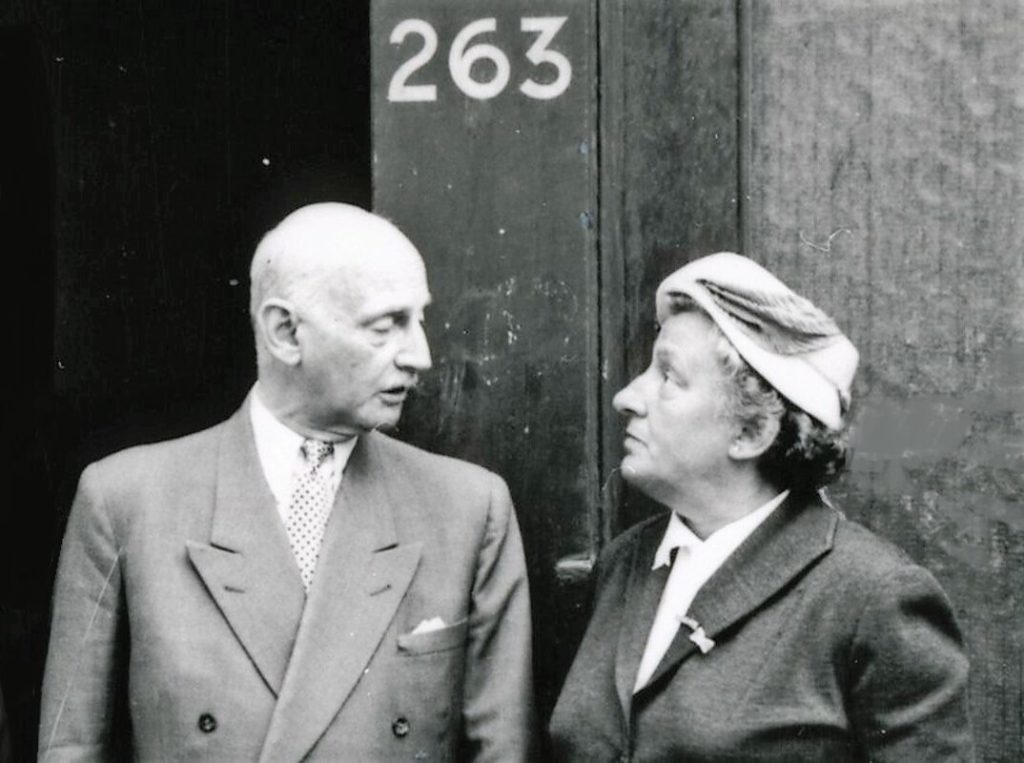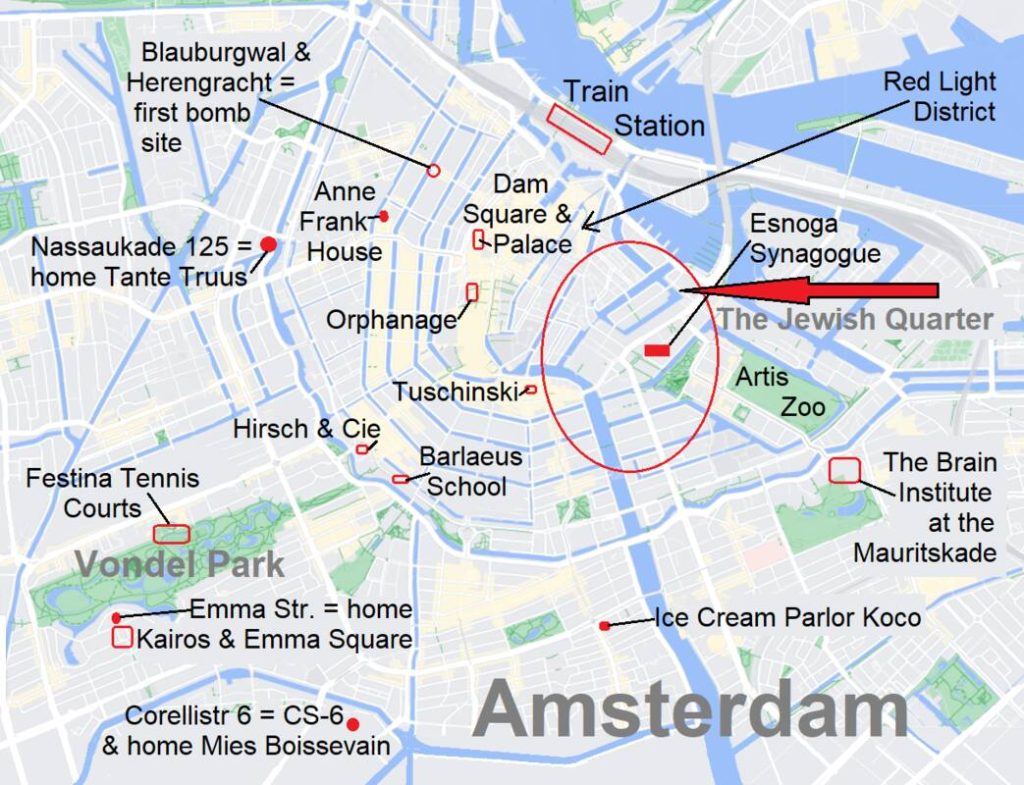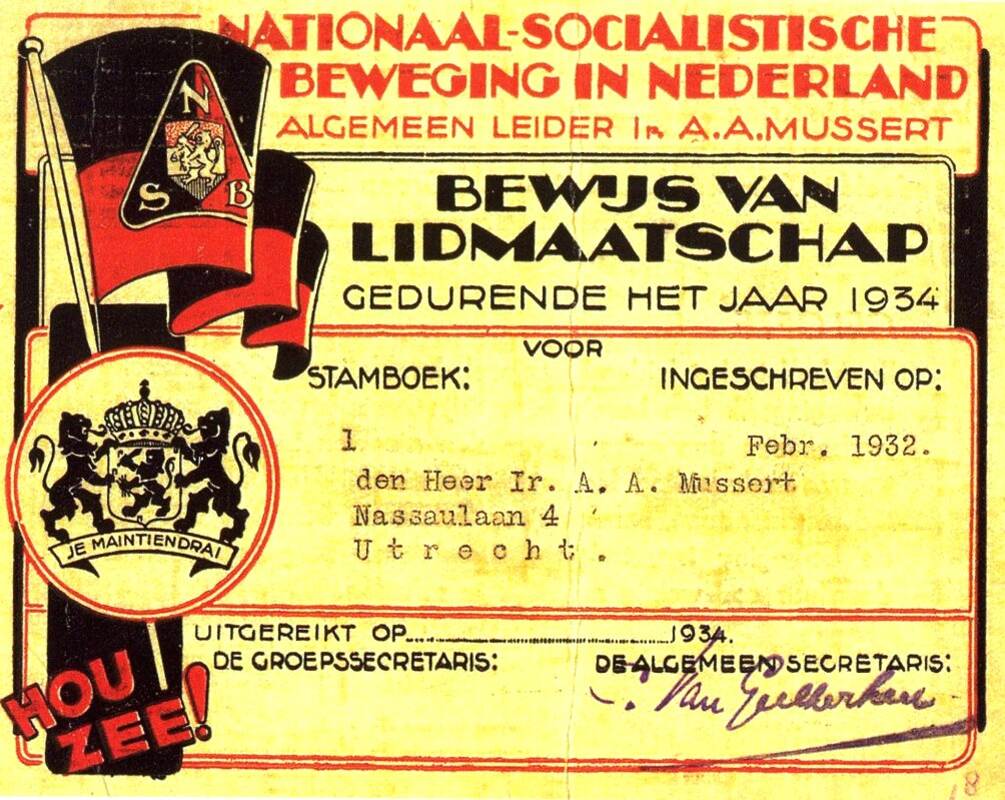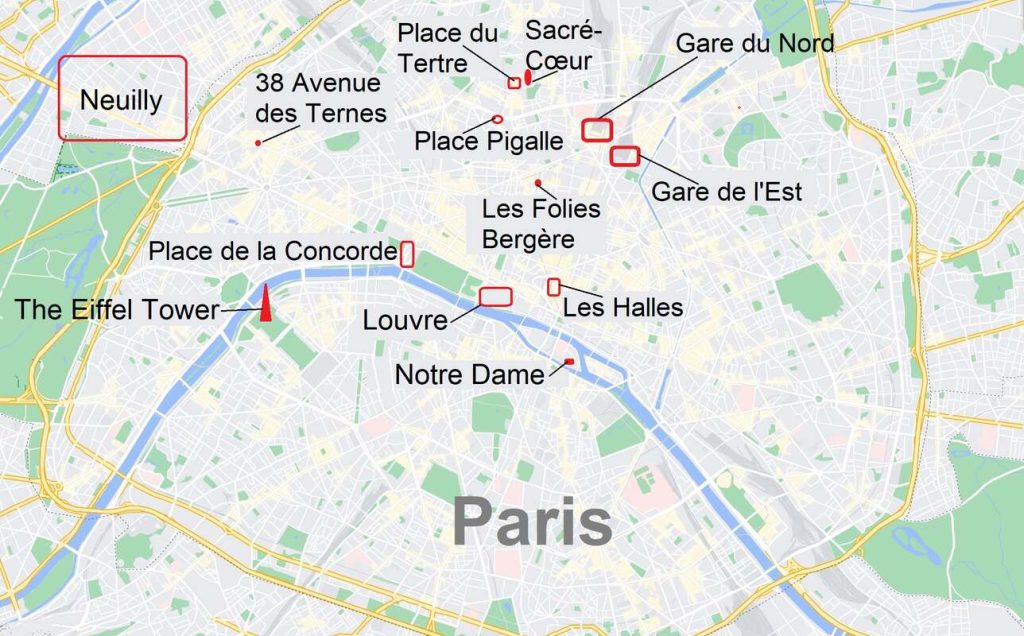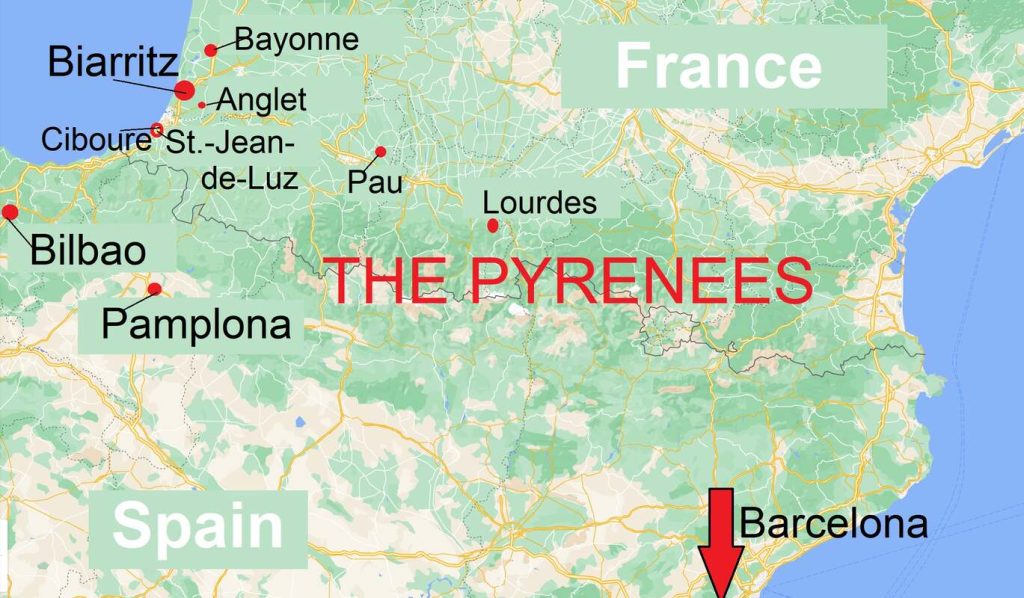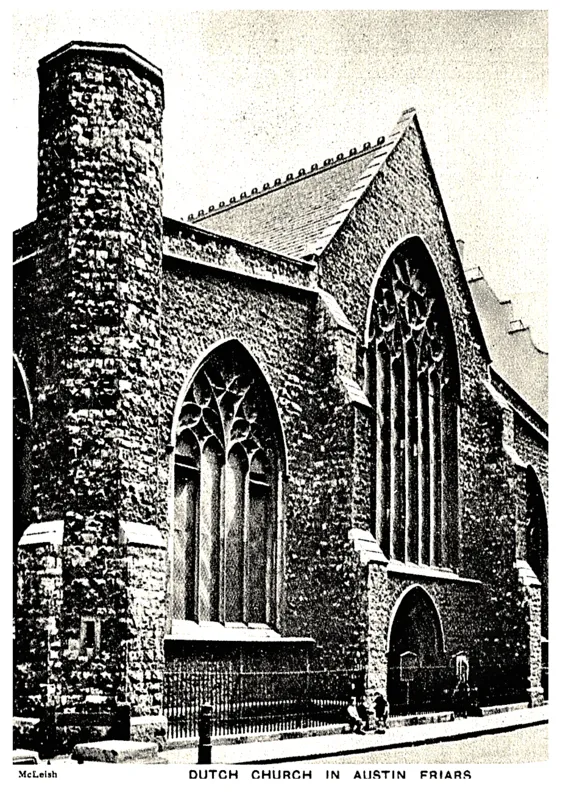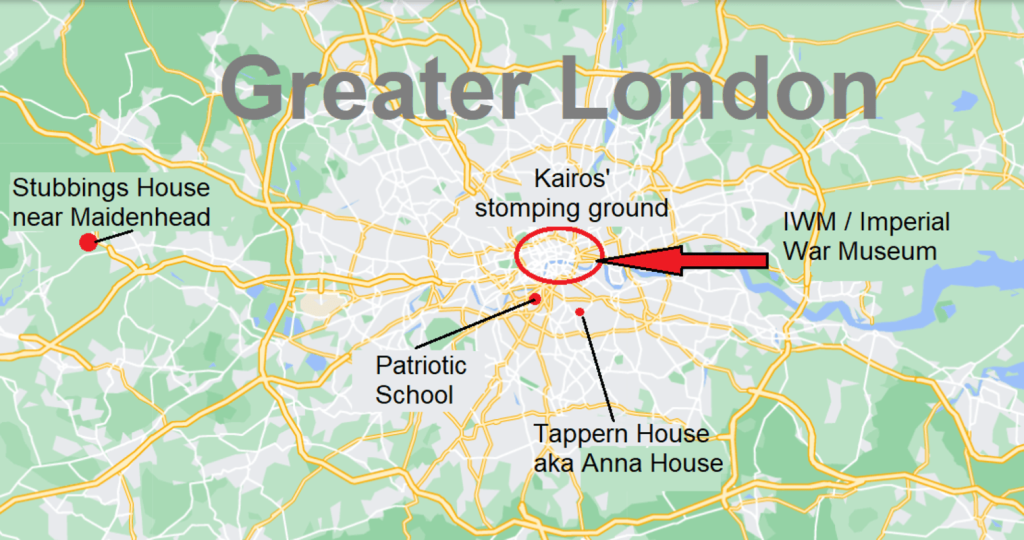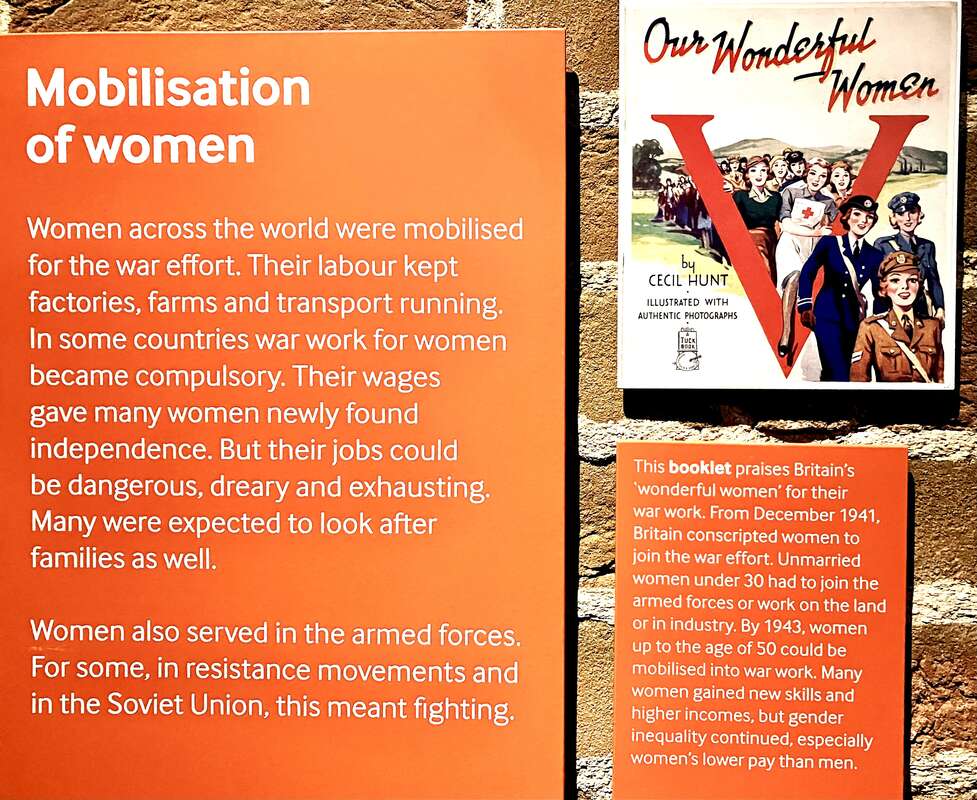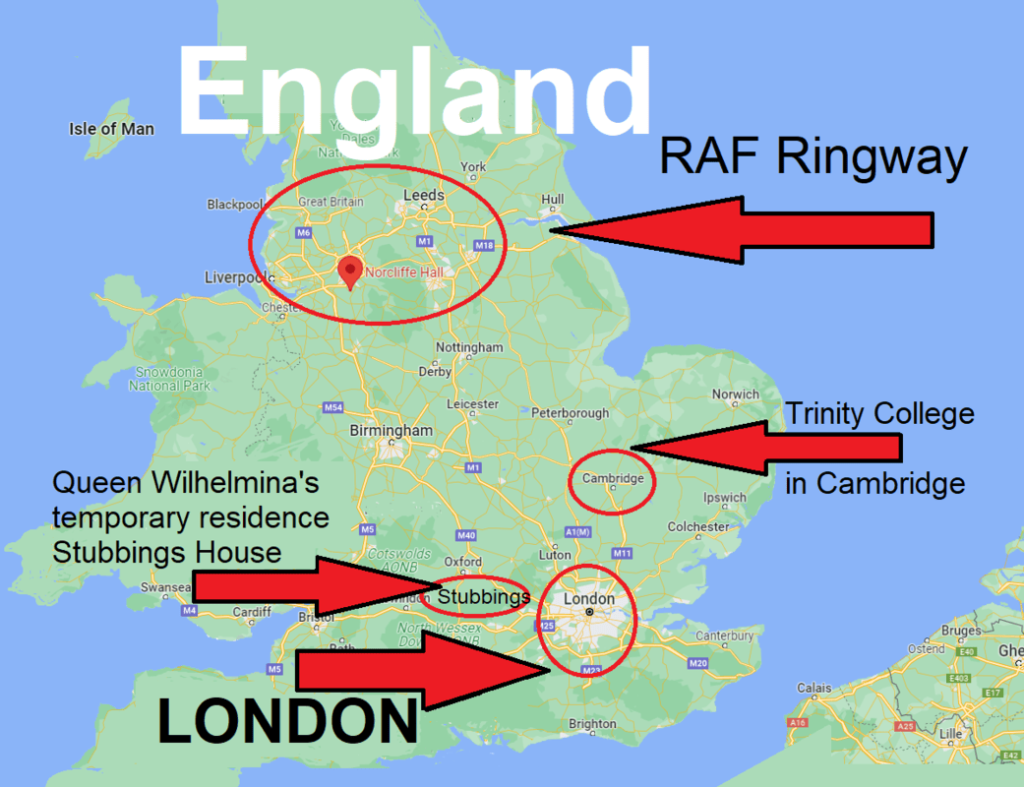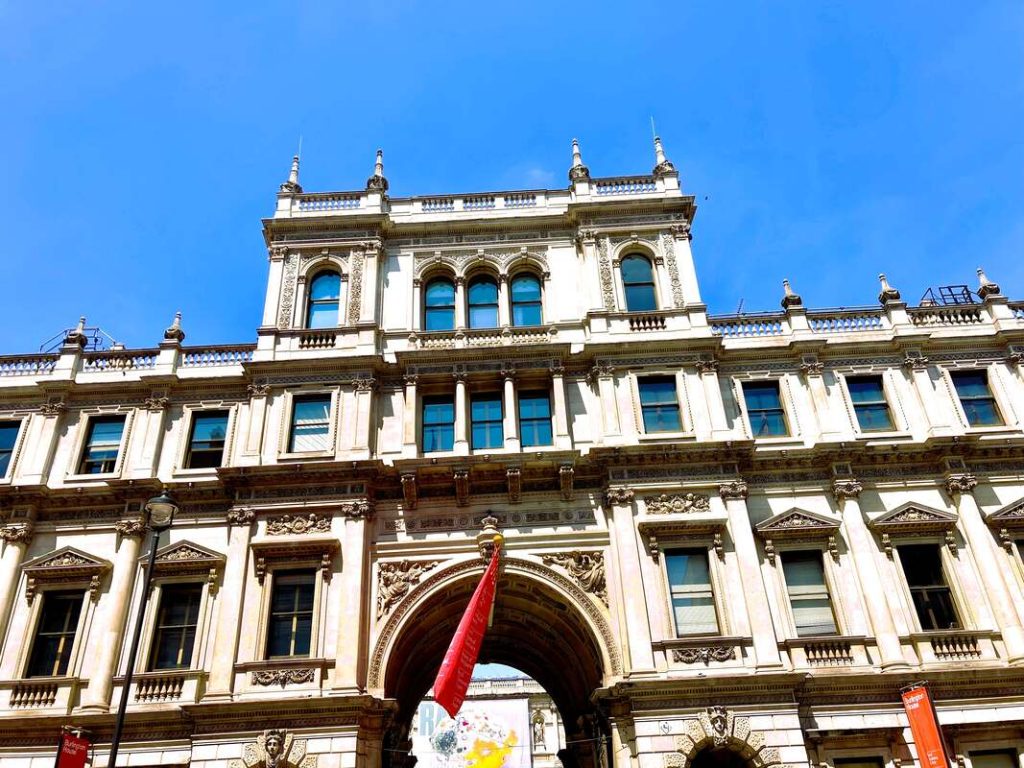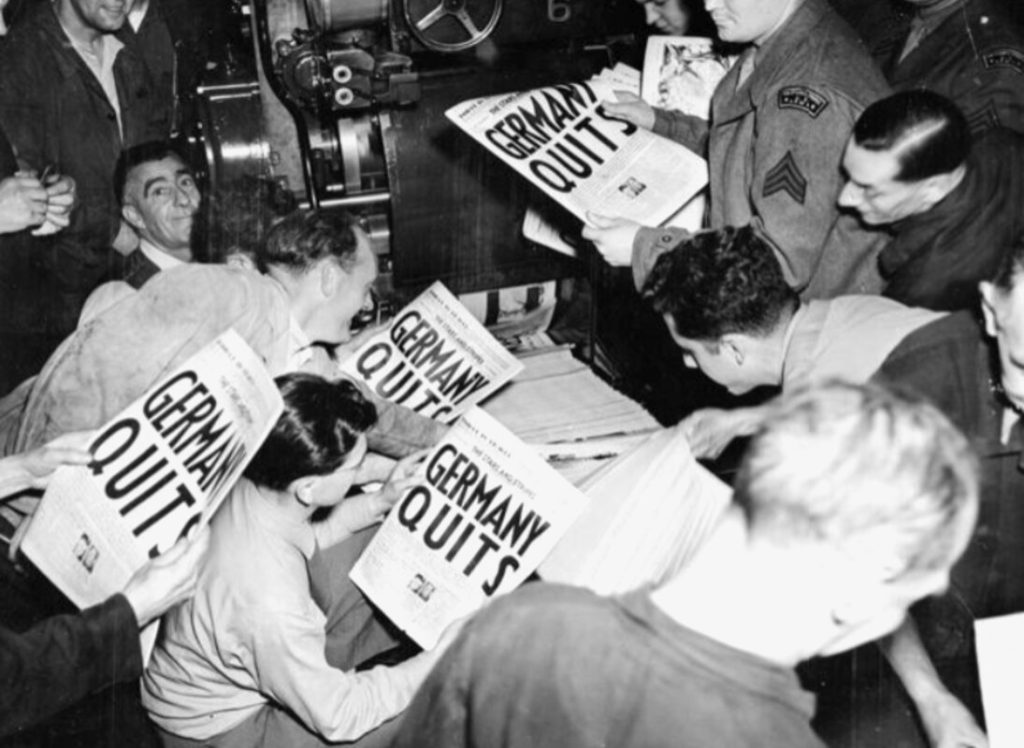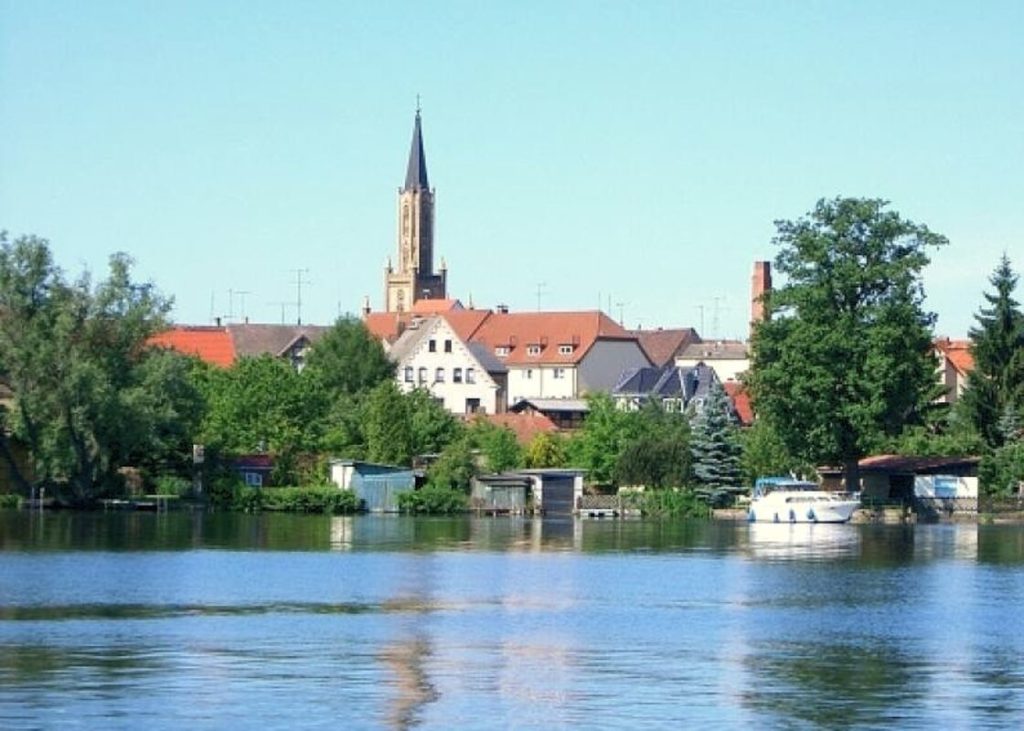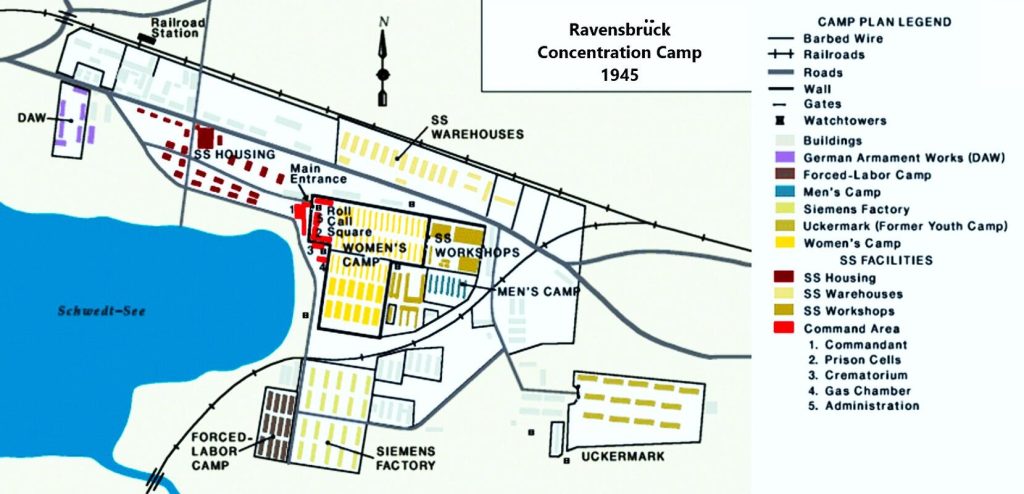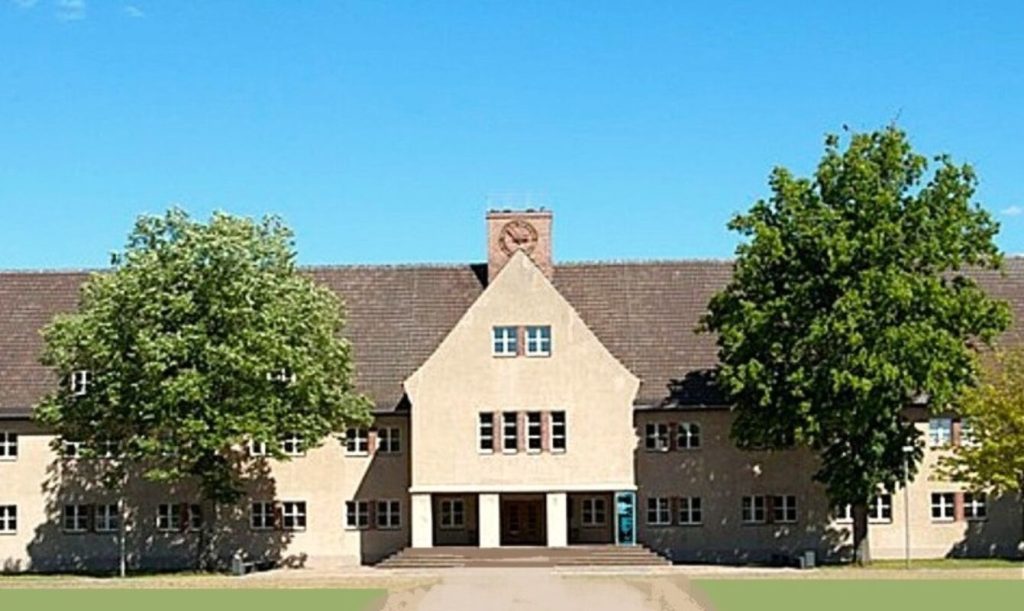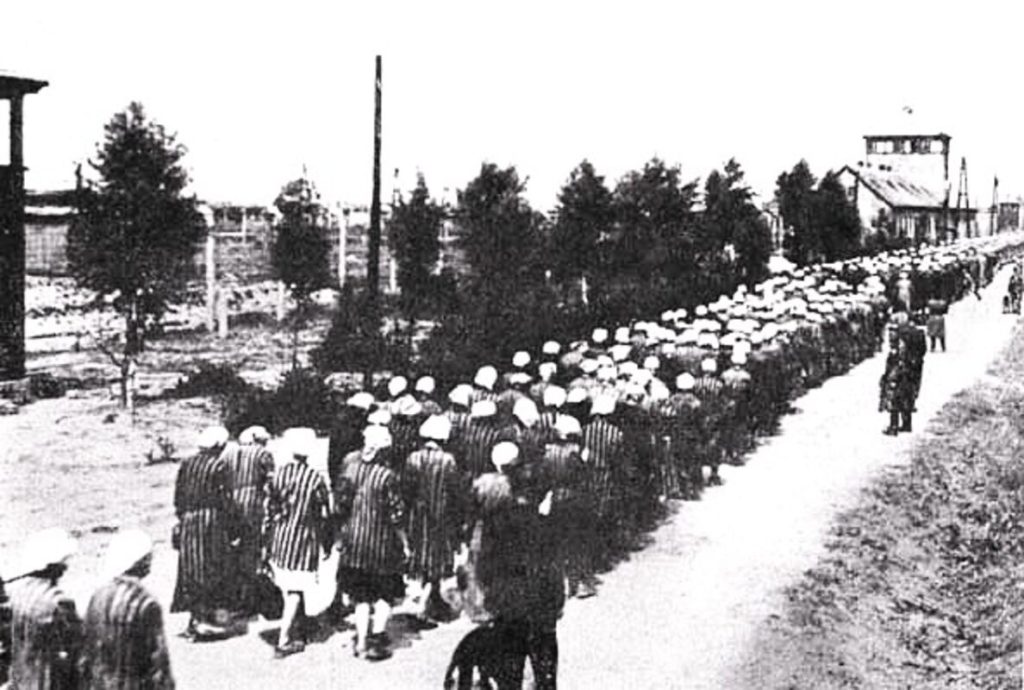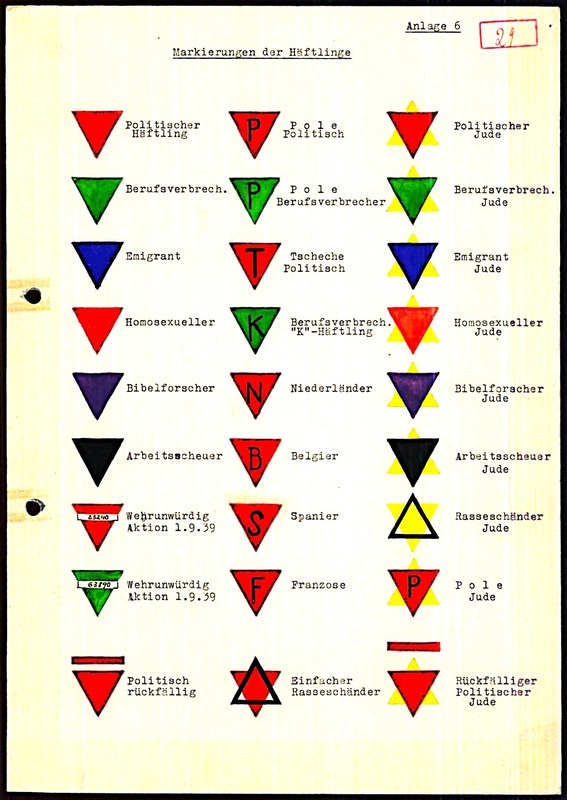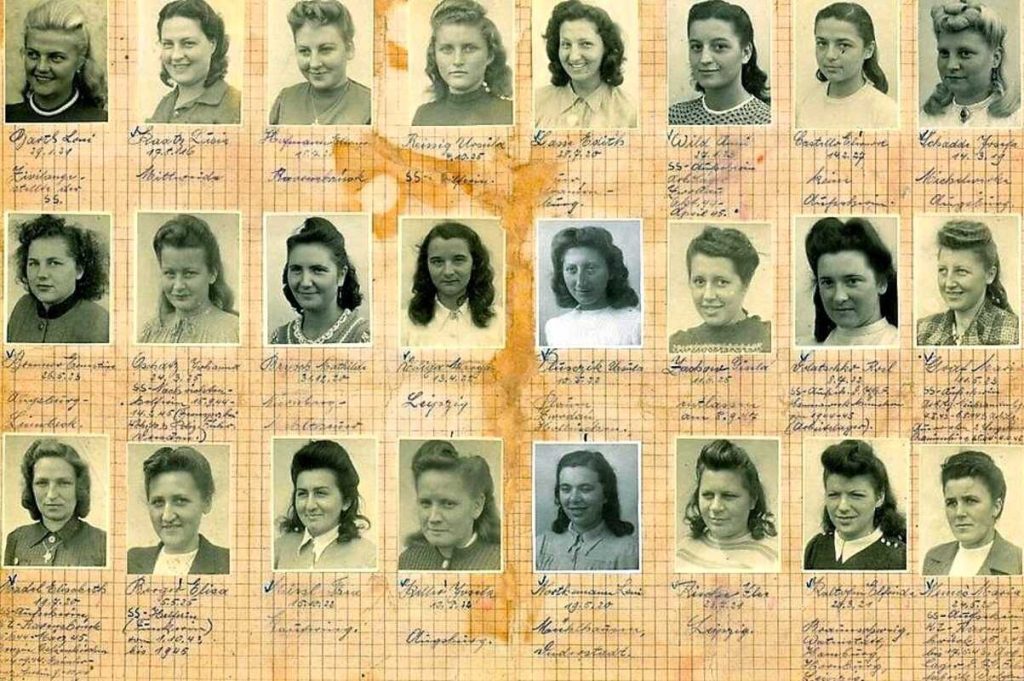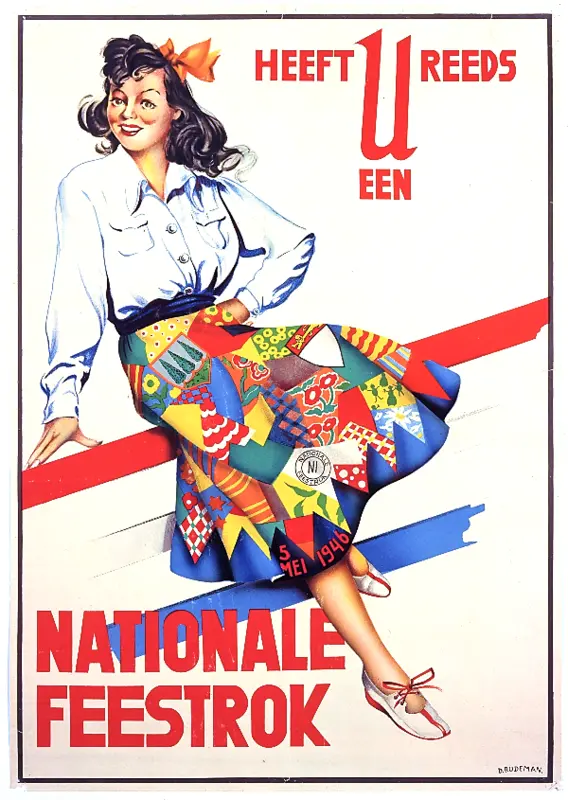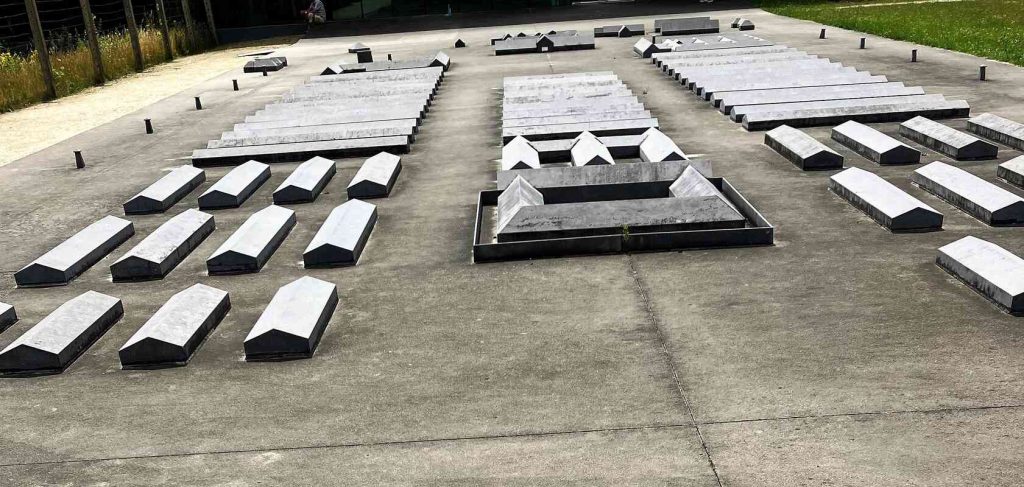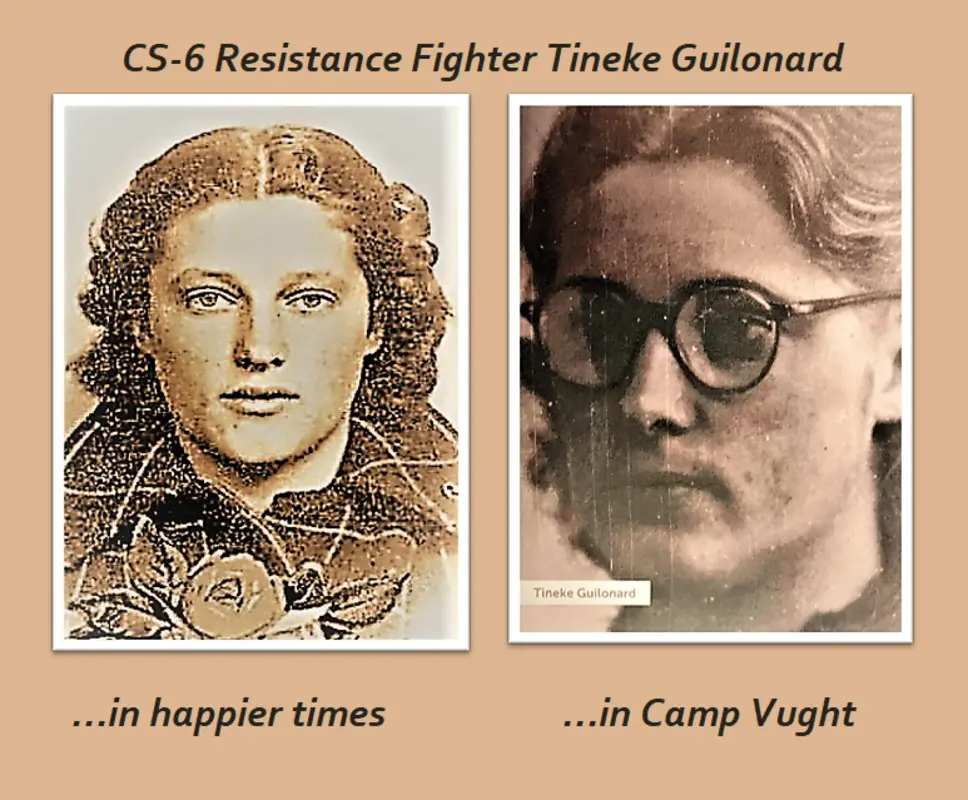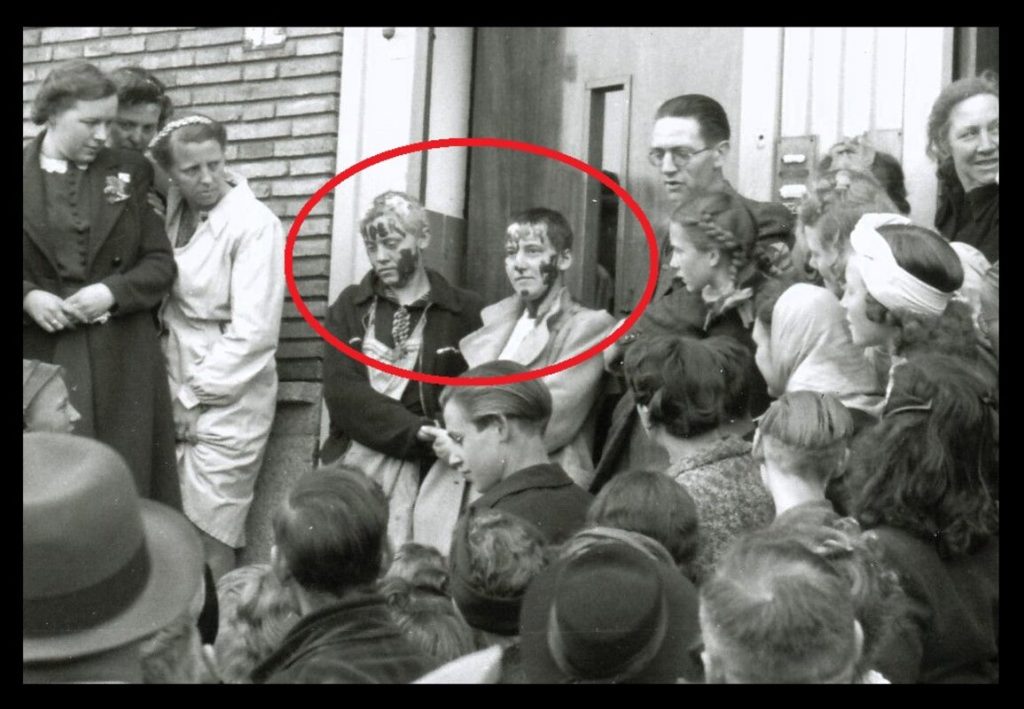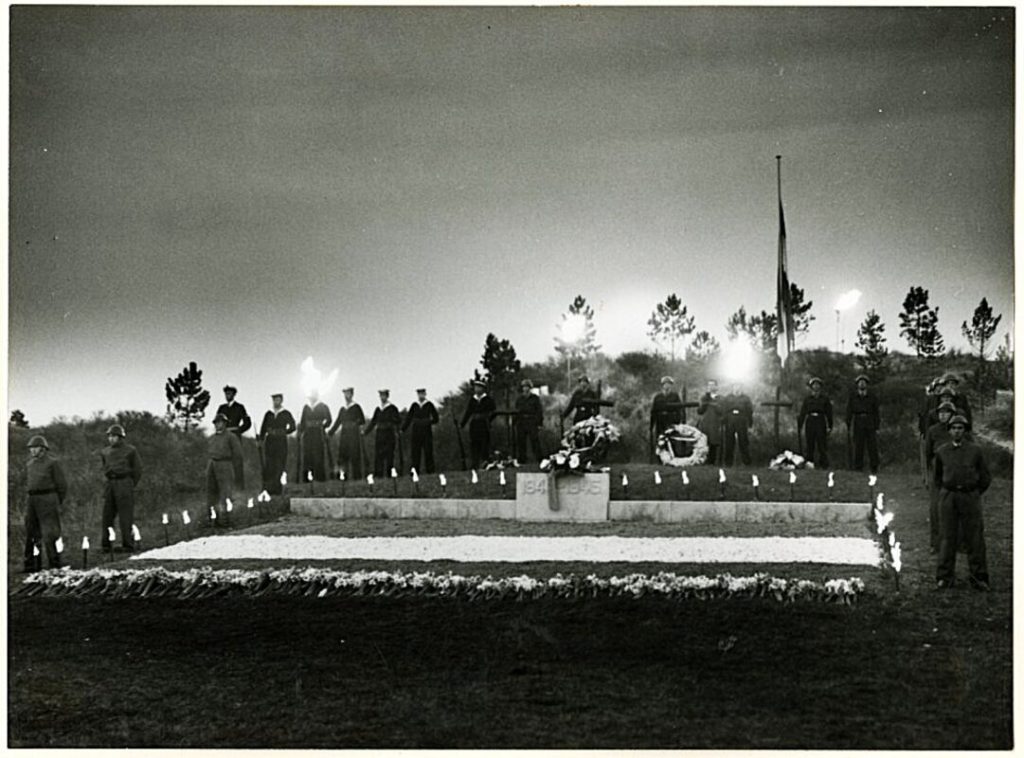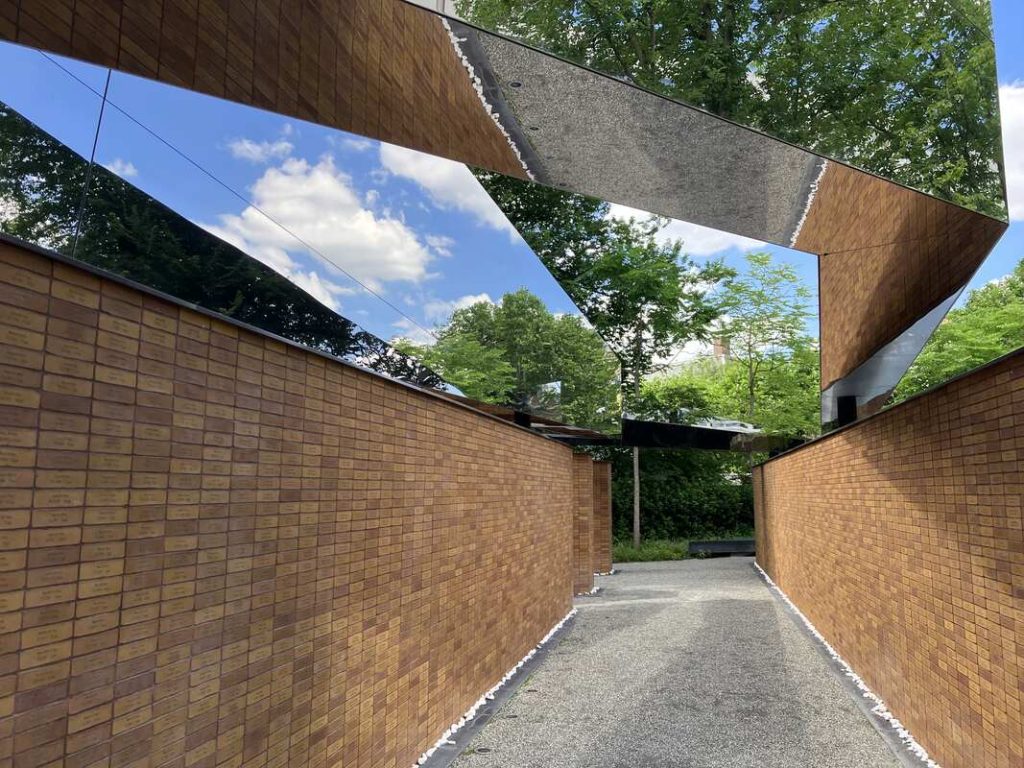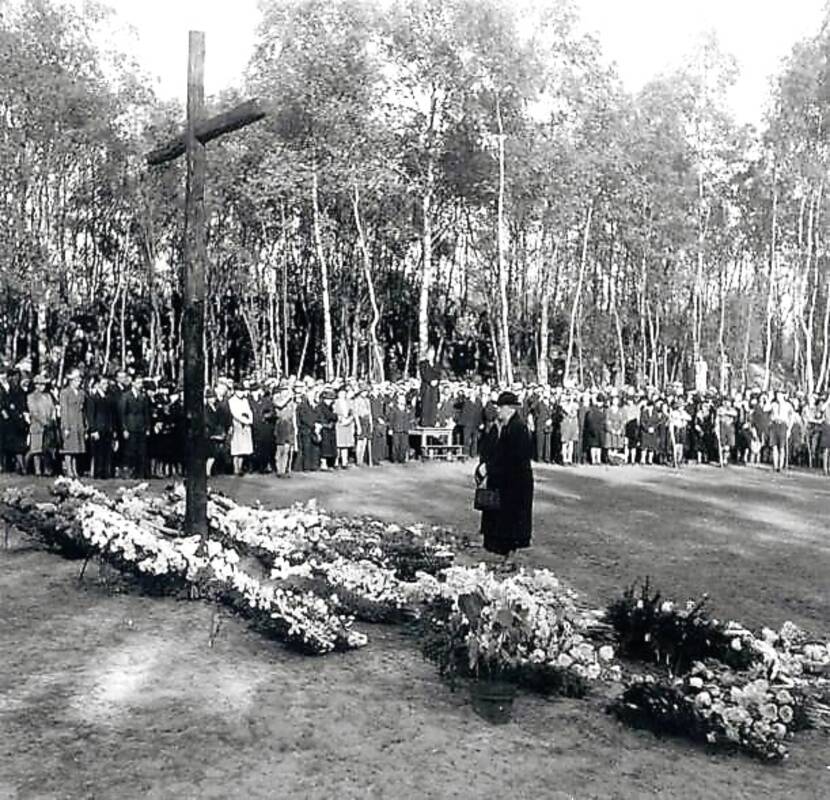VUGHT- Daily Life
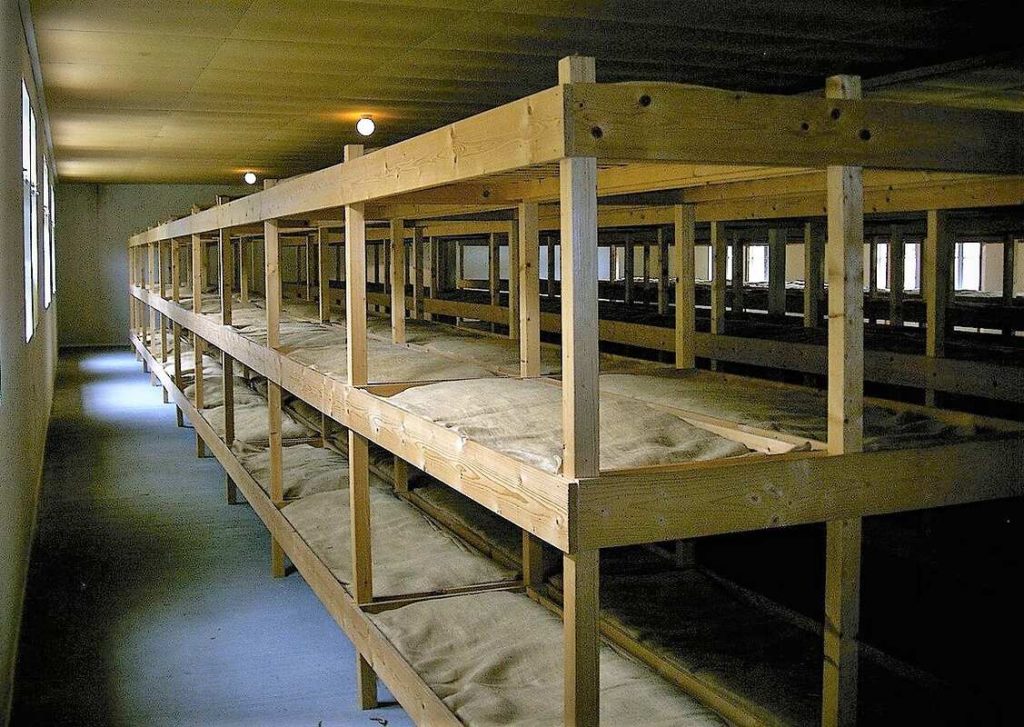
Picture credit: Jorinde
When Mies Boissevain walked into her dimly lit, low barrack with its bunkbeds for about 240 women, she had to fight the urge to run out again. Being Mies, she valiantly fought her sense of claustrophobia and instead, started introducing herself and comforting her fellow-inmates.

Picture credit: Jorinde
At Camp Vught, the completely open toilets and the washroom with its “troughs” were even worse, and Mies Boissevain would never get used to the lack of privacy.
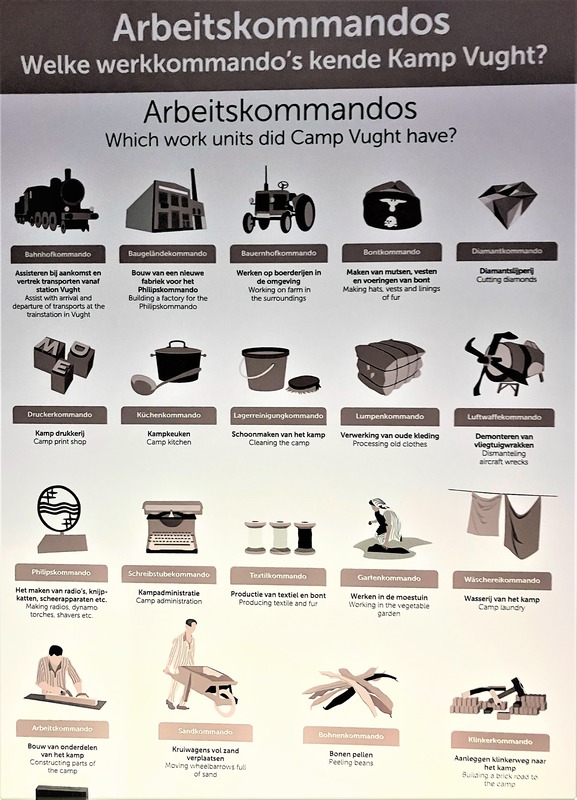
Picture credit: Jorinde- Part of the exhibition at Camp Vught
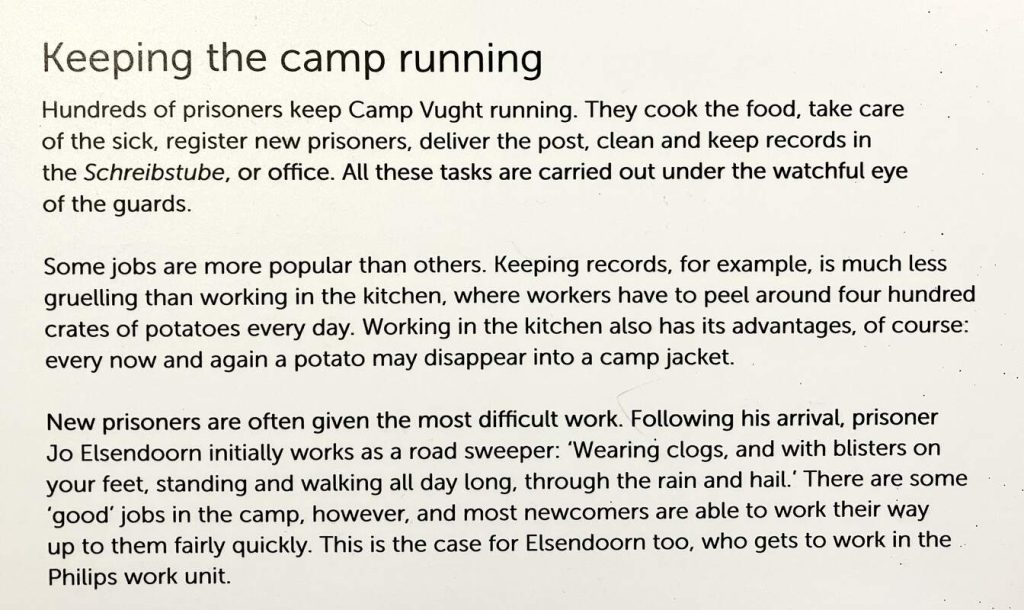

As Mies learned, at Camp Vught, there were work units for building, farming, printing, plucking rabbits, dismantling aircraft, cooking (peeling 400 crates of potatoes per day!), and sorting clothes that came from the Russian front (with blood, vomit, and excrement still in it, but also with shiny buttons that could be stolen and traded). Mies was assigned to the “Revier” or hospital barracks where she helped many young women and became Camp Mom “Mommy Mies” to a few.
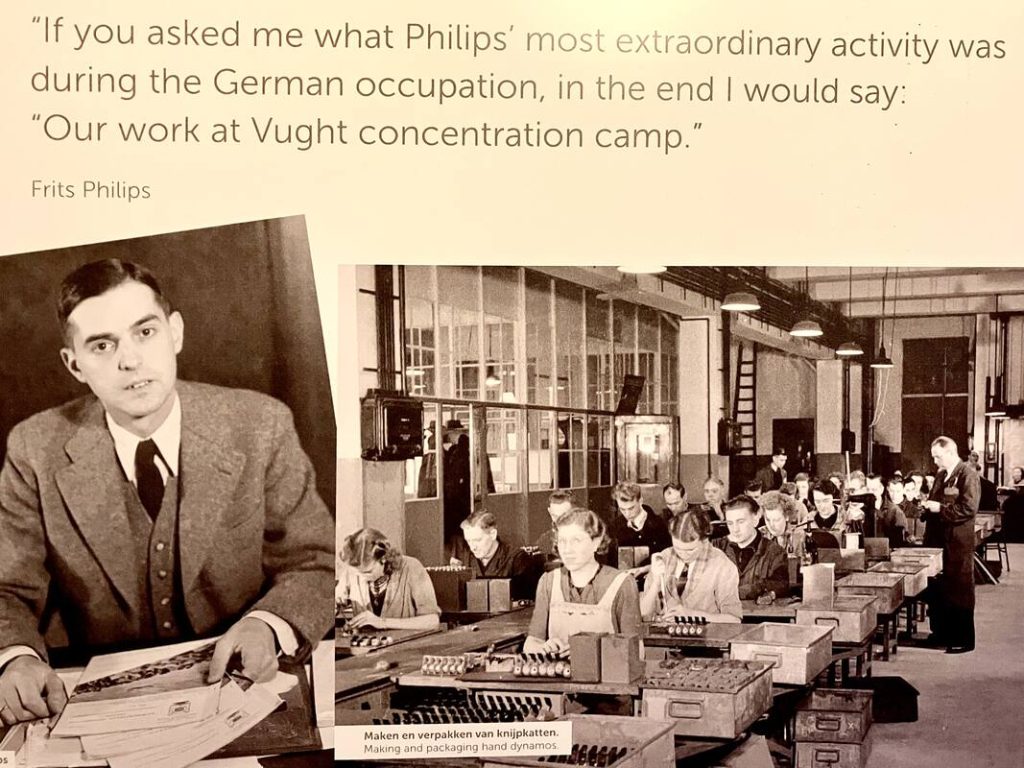
Picture credit: Jorinde- Part of the exhibition at Camp Vught
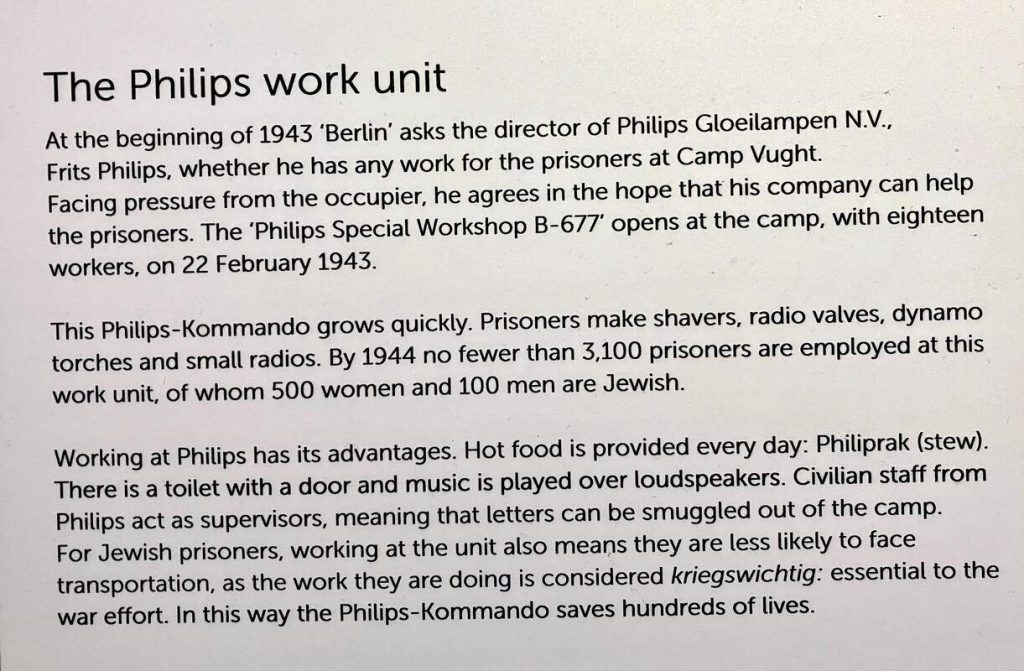
The best work unit in Vught was the “Philips Commando” set up by Frits Philips (with whom my grandfather was in a Airplane Club); it was inside in a warm place, there was a real, private bathroom, music was played, and the food nicknamed “Phili-Stew” was nourishing.
By defending the jobs of 382 Jewish employees as “crucial for the war effort,” Frits Philips saved them. Like Truus Wijsmuller, he was recognized by Yad Vashem as one of the “Righteous among Nations.”
similar galleries
discover
JOIN MY NEWSLETTER
To receive announcements about new blogs, images, essays, lectures, and novels, please sign up.




